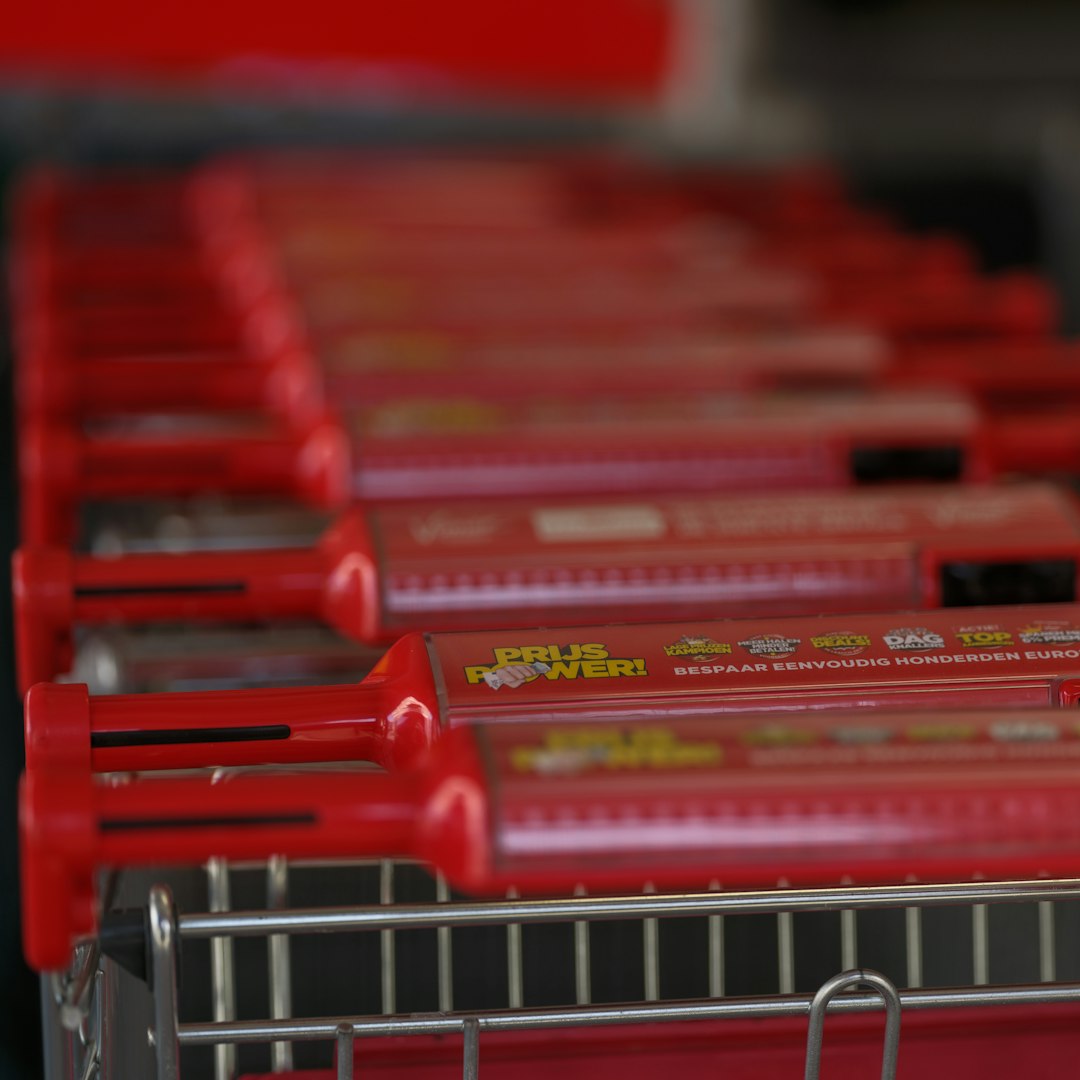Every eCommerce entrepreneur has faced the silent sting of an abandoned cart. A customer browses, adds items to their basket, and just when you think the sale is done — they vanish. In a market flooded with competition and distractions, abandoned carts represent not only missed opportunities but a crucial signal of buyer hesitation or friction. However, through effective cart recovery strategies, businesses are now turning these ghosted transactions into tangible revenue. Let’s explore how abandoned cart recovery went from being a hopeful afterthought to a reliable profit-reviving strategy.
TL;DR
Abandoned cart recovery has evolved into a powerful tool for reclaiming lost sales in eCommerce. Through timely emails, personalized messages, and incentives, brands are successfully converting indecisive visitors into customers. This article explains how simple automation, psychological triggers, and data-driven strategies can significantly boost revenue. If you’re serious about increasing your conversion rates, cart recovery isn’t optional — it’s essential.
Understanding Cart Abandonment
Before diving into recovery techniques, it’s vital to understand why carts get abandoned in the first place. According to Baymard Institute, the average cart abandonment rate is around 70%. That’s a staggering loss considering the amount you’ve already invested in marketing, SEO, advertisements, and building a user-friendly site.
Common causes of cart abandonment include:
- Unexpected shipping costs
- Complicated checkout processes
- Mandatory account creation
- Unclear return or refund policies
- Payment security concerns
Addressing these concerns upfront is the first form of defense. But for those who still bounce, recovery tactics can serve as your offense.
Why Cart Recovery Works
Cart recovery works because it combines timing, personalization, and psychological nudges to bring users back. By reminding shoppers of what they left behind and offering incentives or reassurances, brands get a second chance. Many companies reported that automated cart recovery emails alone bring back up to 10-15% of lost customers. That’s not just a bump in revenue — that’s a complete ROI shift.
Here’s why it works:
- Customers are already interested – They’ve viewed the product, selected it, and made a choice. You don’t need to sell them from scratch—just nudge them forward.
- People appreciate personalization – Using their name or referencing the product they liked increases the probability of return.
- Savvy incentives can tip the scales – A discount or limited-time offer can overcome hesitation.
Tactics That Turn Abandoned Carts Into Profits
Let’s look at specific, proven methods brands are using today to reignite abandoned sales and turn them into cha-ching moments.
1. Automated Recovery Emails
Email remains one of the highest-performing tools for conversion. An effective abandoned cart email is timely (usually sent within 1 hour of abandonment), brand-aligned, and persuasive.
Best practices include:
- Personalized greetings and item photos
- Incentives like 10% off or free shipping
- A direct call-to-action like “Return to Your Cart”
- Multiple follow-up emails spaced over a few days

2. SMS and Push Notifications
For customers who have opted in, SMS reminders and push notifications offer a faster, more intimate route. These short messages land quickly and are often seen sooner than emails.
Stats show that SMS open rates can be as high as 98%, with engagement far superior to traditional email. A simple message like, “Looks like you left something behind. Complete your order now and enjoy 10% off,” can trigger immediate conversions.
3. Exit-Intent Popups
These popups detect when a user is about to leave your site — often indicated by mouse movement toward the browser’s close button. This is your last shot to intercept a bounce and convert it into a sale.
Best uses of exit popups include:
- Offering a one-time discount
- Inviting them to save their cart by entering an email
- Providing customer reviews or guarantees to address hesitations
4. Retargeting Ads
Cart abandonment is a perfect use case for retargeting. Ads that showcase the exact item viewed can appear on the customer’s social feed or websites they visit afterward, keeping you top of mind.
This works by reinforcing interest and triggering familiarity using:
- Facebook dynamic product ads
- Google Display Network retargeting
- Instagram shoppable stories

Case Studies: Real Brands, Real Wins
Case Study 1: MyProtein
Sports nutrition brand MyProtein implemented a robust abandoned cart recovery strategy that included tiered email series, real-time SMS alerts, and discounts that expired within 48 hours.
The result? A 13.4% increase in recovered revenue within the first quarter of implementation.
Case Study 2: PetFlow
Online pet supply store PetFlow utilized behavior-triggered emails with witty copy and adorable pet images. Recovering abandoned carts turned into an engagement opportunity that customers enjoyed.
The brand saw a 20% open rate on their first cart email and an 8% average recovery rate.
Key Takeaway:
No matter your product category, tailor your voice and incentives to the audience and keep the experience consistent across all touchpoints.
Optimizing Your Own Abandoned Cart Strategy
Now that we’ve examined what works, how do you implement or refine your own strategy? Here’s a checklist to get you started:
- Audit your checkout process – Simplify where possible
- Segment your recovery efforts – Don’t treat all carts equally
- Test subject lines, offer types, and timing regularly
- Use analytics to track what messages lead to conversions
- Create a sense of urgency with limited-time deals or low stock alerts
Also, ensure compliance with data privacy laws like GDPR and CCPA when collecting and using customer data for abandoned cart follow-up.
The ROI of a Forgotten Click
Considering the minor cost of implementing a cart recovery system compared to acquiring new customers via ads, the ROI is compelling. Brands that prioritize this get a second bite at the apple — engaging users when interest is still warm, without restarting the sales funnel from scratch.
By recovering just 10% of abandoned carts, a store with $100,000 in monthly sales can potentially recover $10,000 in additional revenue. That’s pure opportunity gained through smart automation and customer psychology.
Final Thoughts
The lost revenue from abandoned carts isn’t just a leak — it’s a goldmine waiting to be tapped. With the right message, timing, and tools, you can nudge uncertain buyers back over the line. Whether you’re a fledgling Shopify store or an enterprise-level merchant, cart recovery is no longer optional. It’s the bridge between wishful interest and actual sales. Recover those clicks, and turn lost carts into cha-ching moments — consistently.